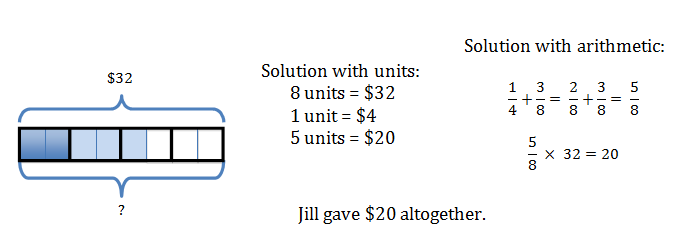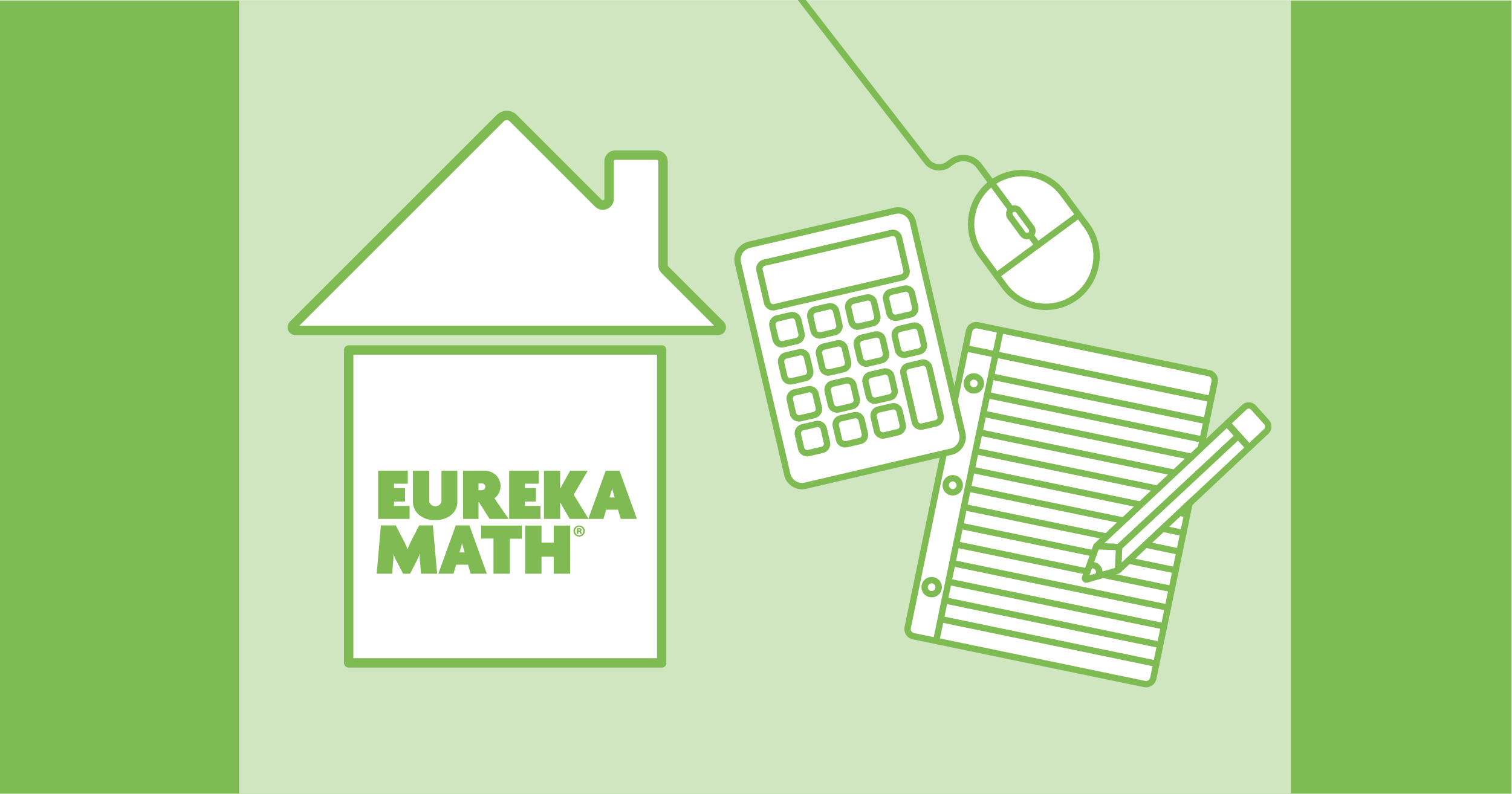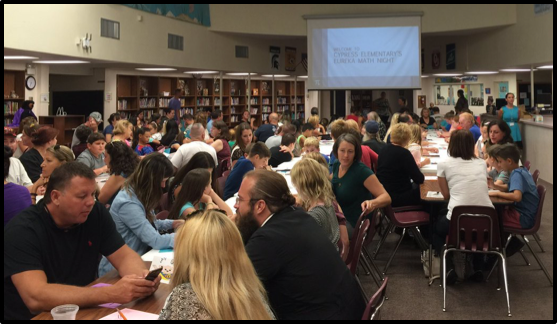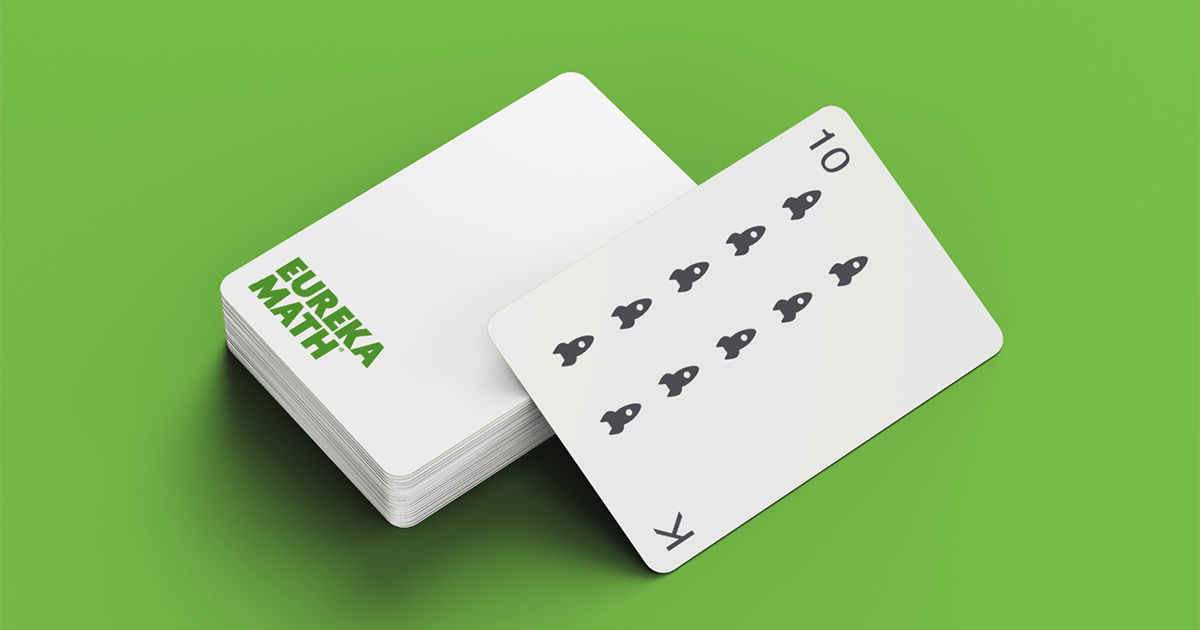Posted in: Aha! Blog > Eureka Math Blog > Family Support > Eureka Math At Home: Supporting Families From The Start
FAQ SPOTLIGHT
In the life of an educator, August is the Sunday of summer. Sunday is a day of preparation, not only attending to the nitty-gritty—the nameplates, welcome back letters, bulletin boards—but also mentally preparing for a new classroom community filled with new personalities and potential. Teaching is an awesome, fulfilling, exhausting task, and on “Sundays,” often daunting.
I believe it takes a village to foster the development of young minds and hearts.
Back to school night is a perfect opportunity to introduce parents to a suite of resources from Eureka Math®.
- Grade Roadmaps: Explain what children will be studying at each grade level and bridge the gap between yesterday’s math and today’s strategies and techniques.
- Parent Tip Sheets: These free tip sheets include suggested strategies and models, key vocabulary, connections to previous learning, and tips for how you can support your child’s learning at home.
- Video Gallery: Create a free account to view our Parent Support Videos. Videos from curriculum writers at specific grade levels can be accessed via our Eureka Math Pinterest pages. Click here for a grade 3 example.
- Additional Online Resources: Help parents understand shifts in math instruction and explain key concepts.
Many schools have had great success with family math nights, which can take many forms. Here are some suggestions for activities:
- Open with a fast-paced sprint routine to energize participants.
- Invite participants to solve the following problems and share their solution strategies.
- Grades K–2: 8+4, 398 + 75
- Grades 3–5: 6 x 4, 34 x 26 26 x 3.0
- Focus on problem-solving: guide participants through the use of a tape diagram to solve a multi-step problem. Below is an example from Grade 5 that demonstrates forming units to solve word problems.
Jill had $32. She gave 1/4 of her money to charity and 3/8 of her money to her brother. How much did she give altogether?

- Present a model, such as the number bond or number line, and demonstrate its use from K–5. You’ll be amazed by the number of aha! moments when this coherence is demonstrated.
- Set up grade level centers with manipulatives and materials available from a specific module. An instructional leader should be present to model specific instructional strategies. At a kindergarten center, for example, families might create a take-home Rekenrek and practice Say Ten counting.
May your preparation for the upcoming school year be filled with hope, excitement, and shared purpose within your community. Best of luck!
This blog post was authored by MaryJo Wieland, a Eureka Math writer for A Story of Units.
Submit the Form to Print

MaryJo Wieland
Topics: Family Support









